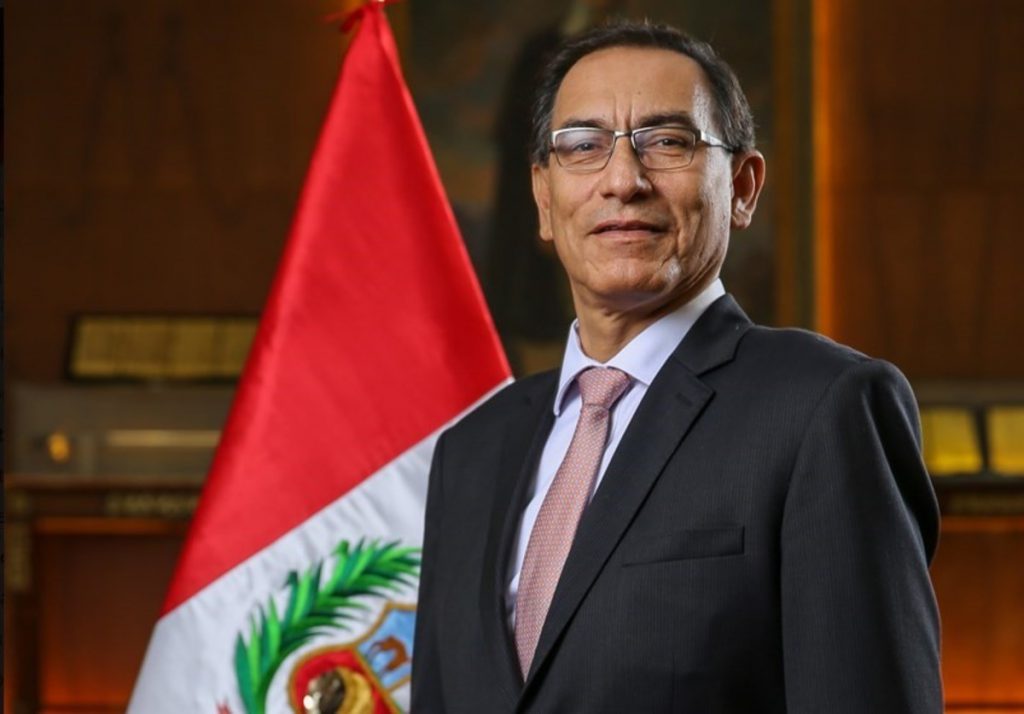 Hi! In this blog post, we’ll continue with the list of presidents Peru has had in the last five years. Today’s president is PPK’s successor, Martín Vizcarra.
Hi! In this blog post, we’ll continue with the list of presidents Peru has had in the last five years. Today’s president is PPK’s successor, Martín Vizcarra.
Martín Vizcarra was born in the city of Moquegua, Perú the 22nd of March 1963. His father was the mayor of Moquegua and his mother was a primary education teacher. Vizcarra finished his secondary education in his home city but relocated to the capital for university; he earned a degree from the Universidad Nacional de Ingeniería (National University of Engineering) in Civil Engineering in 1984 and another one in Administration from ESAN (School of Business Administration) in 2009.
After completing his education, Martín moved back to Moquegua and began his political career; he was Executive Director of the Pasto Grande Regional Special Project, a member of the Advisory Commission of the National Council of Science, Technology and Technological Innovation, and Chairman of the Board of Directors of the Pasto Grande Regional Special Project. During this time, he also founded two private companies; C&M Vizcarra S.A.C and Agrotécnica Estuquiña S.A.C.
He attempted to run for President of the Regional Government of Moquegua in 2006 but ended up in second place.
In 2008, Martín Vizcarra led a political protest colloquially known as the ‘moqueguazo’. This aimed to challenge the government’s agreement with the Southern Perú mining company as the canon paid to Moquegua was significantly lower than the one paid to the region of Tacna. Thousand of citizens of Moquegua took the capital’s main road (Panamericana Sur) and Vizcarra stated their claims to the Council of Ministers as well as to the Economy Commission of Congress. The protest was successful and Martín Vizcarra was widely awarded popular recognition for this.
Two years later he run for President of the Regional Government of Moquegua once again but won the elections. Vizcarra served in this position until 2014 and is credited with improving both the region’s economy and public education system.
In 2016 he joined the political party of Pedro Pablo Kuczynski, ‘Peruanos por el Kambio’ (Peruvians for a change) as a candidate for the Vice Presidency during the presidential elections. During the campaign, he was accused of having corruption complaints back in Moquegua. Moquegua Attorney’s Office confirmed the complaints existed but stated only one of them was being taken to court (This should’ve been the first red flag). PPK won the election and Vizcarra was appointed both Vice-president and Minister of Transport and Communications.
His vicepresidency was rocky to say the least; he was blamed for mismanagemnts during the 2017 floodings known as ‘El niño’ and during the building of the International Airport of Chinchero, the political opposition presented corruption charges against him but the Public Minsitry decided not to continue with and investigation. Shortly after this scandals, PPK appointed him as the embassador to Canada. It was during Martín’s stay in Canada that Kuczynski resigned.
The day after PPK’s resgination, Martín Vizcarra was sworn in as President and announced a complete renovation of the Council of Ministers (He is actually currently beign accused by PPK of consipiring with the opposition to vacate his and become president). The members of his fist cabinet all resigned after less than a year but refused to make any comments as to why. Vizcarra’s second cabinet suffered the same fate and his third one did too, and the fourth one did not achieve Congress’ confidence vote.
During his presidency the matter of rushing the next presidential elections was heavily impulsed by the opposition. The opposition party also refused to give him the confidence vote several times and during their last debate on the subject, Vizcarra presented a message to the nation where he announced he was dissolving congress; that same day, congress met once more and awarded him the confidence vote.
The rest of his government was relatively peaceful and even succesful; Martín led several political and judicial reforms to fight corruption and multiple political figures were arrested (Some even fled and have capture orders to this day). Thas was until 2017 when a scandal known as the ‘Club de la construcción’ (The Construction Club) came to light; it was revealed that when Vizcarra served as Minister of Transport and Communication he accepted several bribes from both national and international companies in exchange for construction contracts in Perú. Multiple other corruption claims came to light.
The 9th of november of 2020, Congress presented a vacancy motion in the grounds of moral incapacity (This was actually the second one they filed during this government) and succeded. The President of Minister at the time, Manuel Merino, was sworn in as President.
Currently, he’s had further scandals including vacunagate (Accused of getting his inner circle vaccinated before the Covid vaccine was even available to the public) and a very public cheating scandal that reached international media.
:quality(75)/arc-anglerfish-arc2-prod-elcomercio.s3.amazonaws.com/public/YY73NM6OBFEVTE5SWUA35GLD5M.jpg)


:quality(75)/cloudfront-us-east-1.images.arcpublishing.com/elcomercio/622GYWDK4RAWJBRPMAQXL5YT2I.jpg)
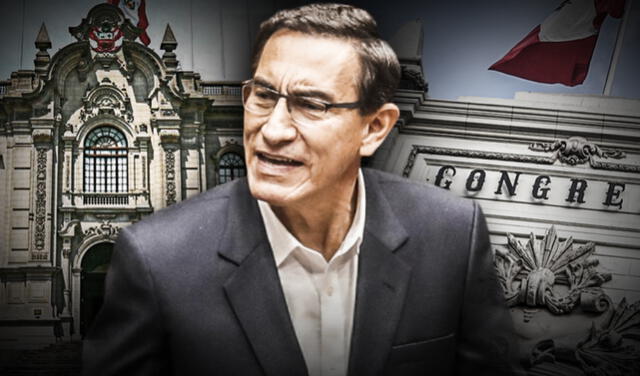

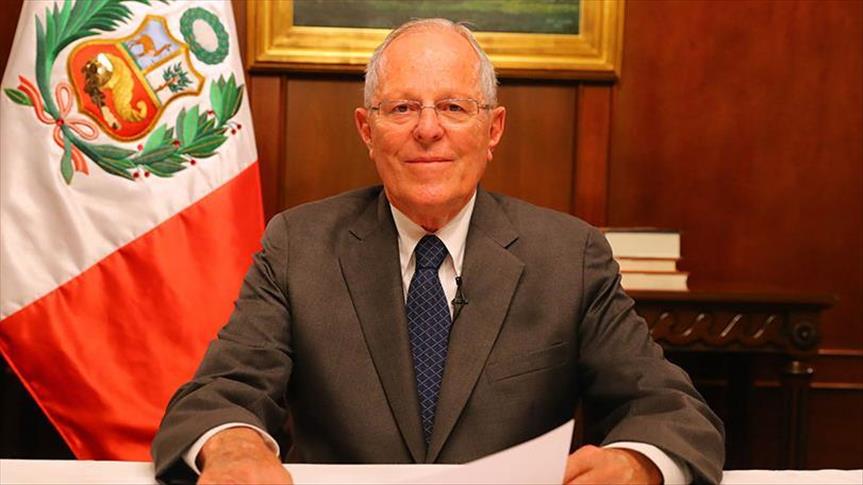
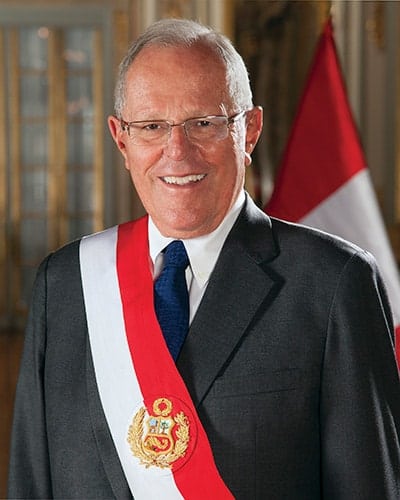
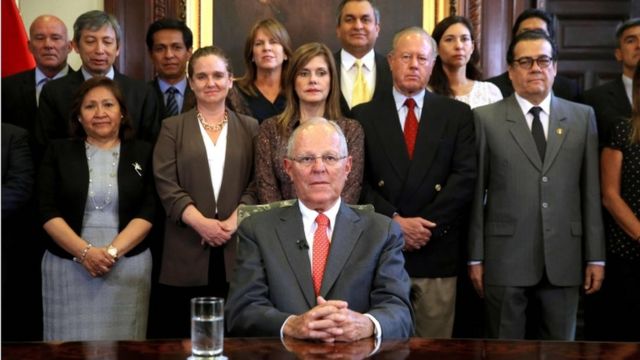
:quality(75)/arc-anglerfish-arc2-prod-elcomercio.s3.amazonaws.com/public/RKVLYJ4Z65EJTJOFH4FHVAOHBM.jpg)
:quality(75)/arc-anglerfish-arc2-prod-elcomercio.s3.amazonaws.com/public/P637BA2UOREZ5O2QEPLO6YZOVM.jpg)